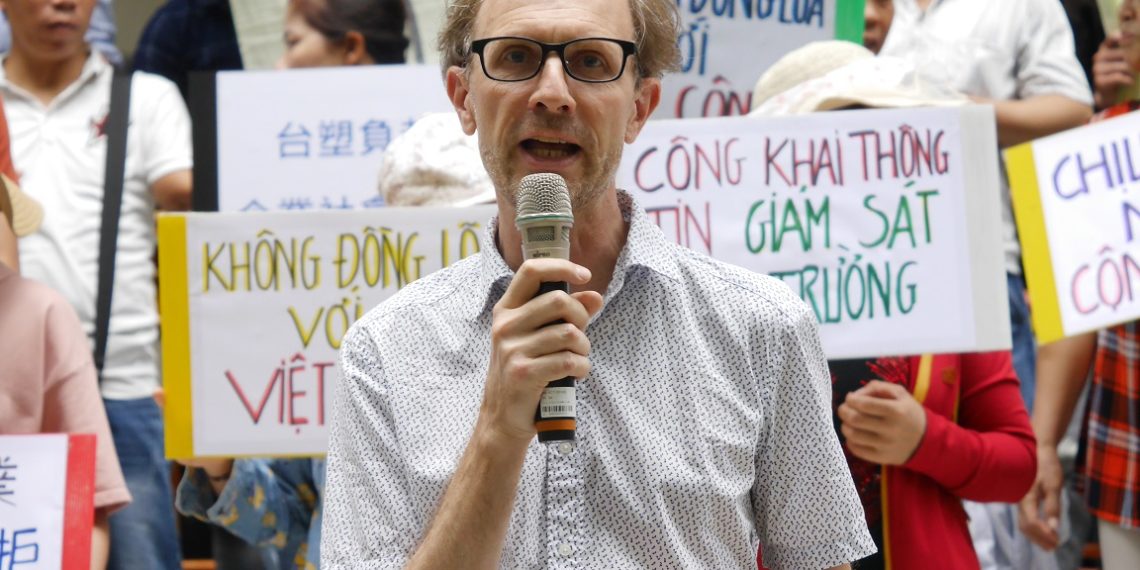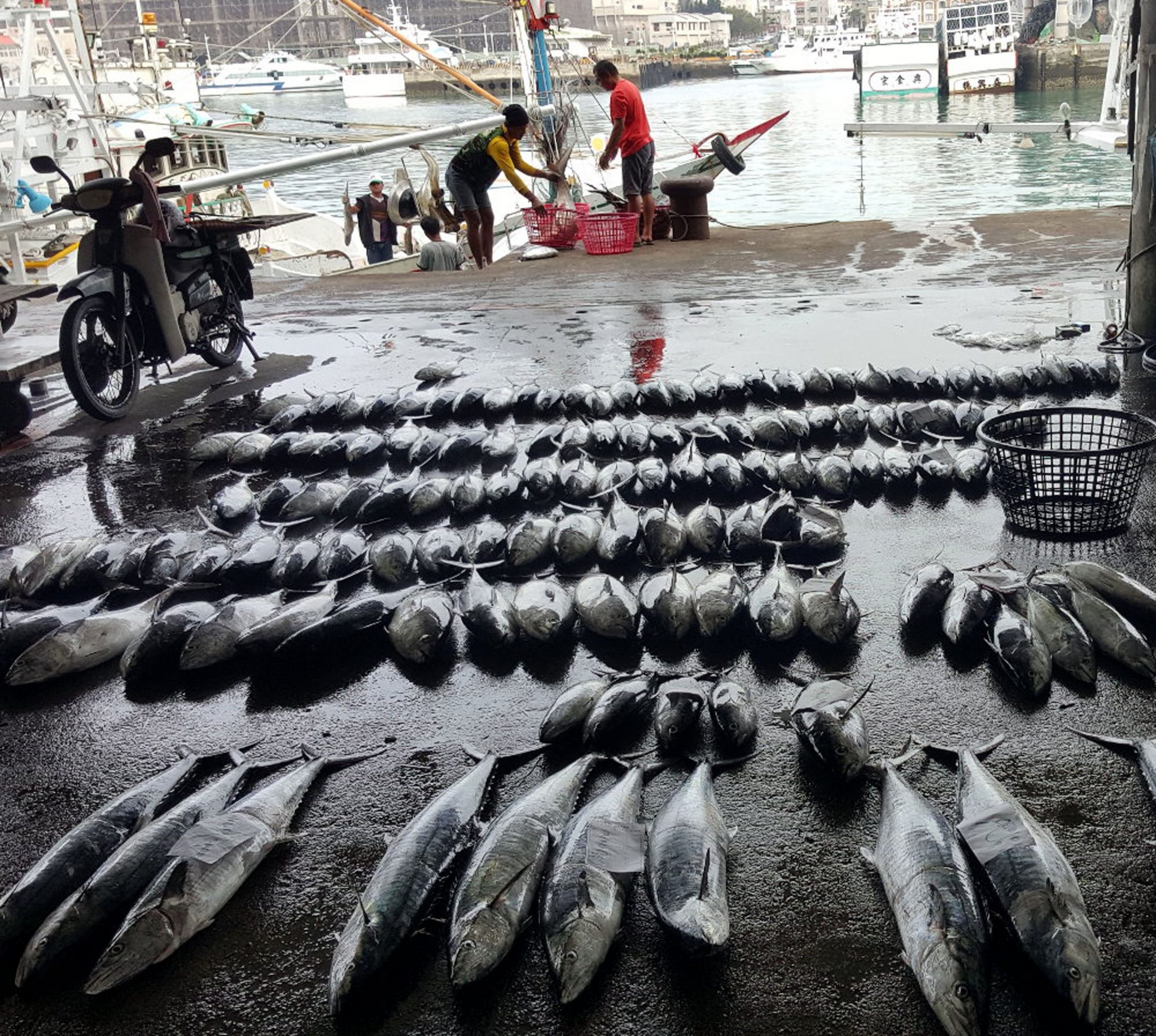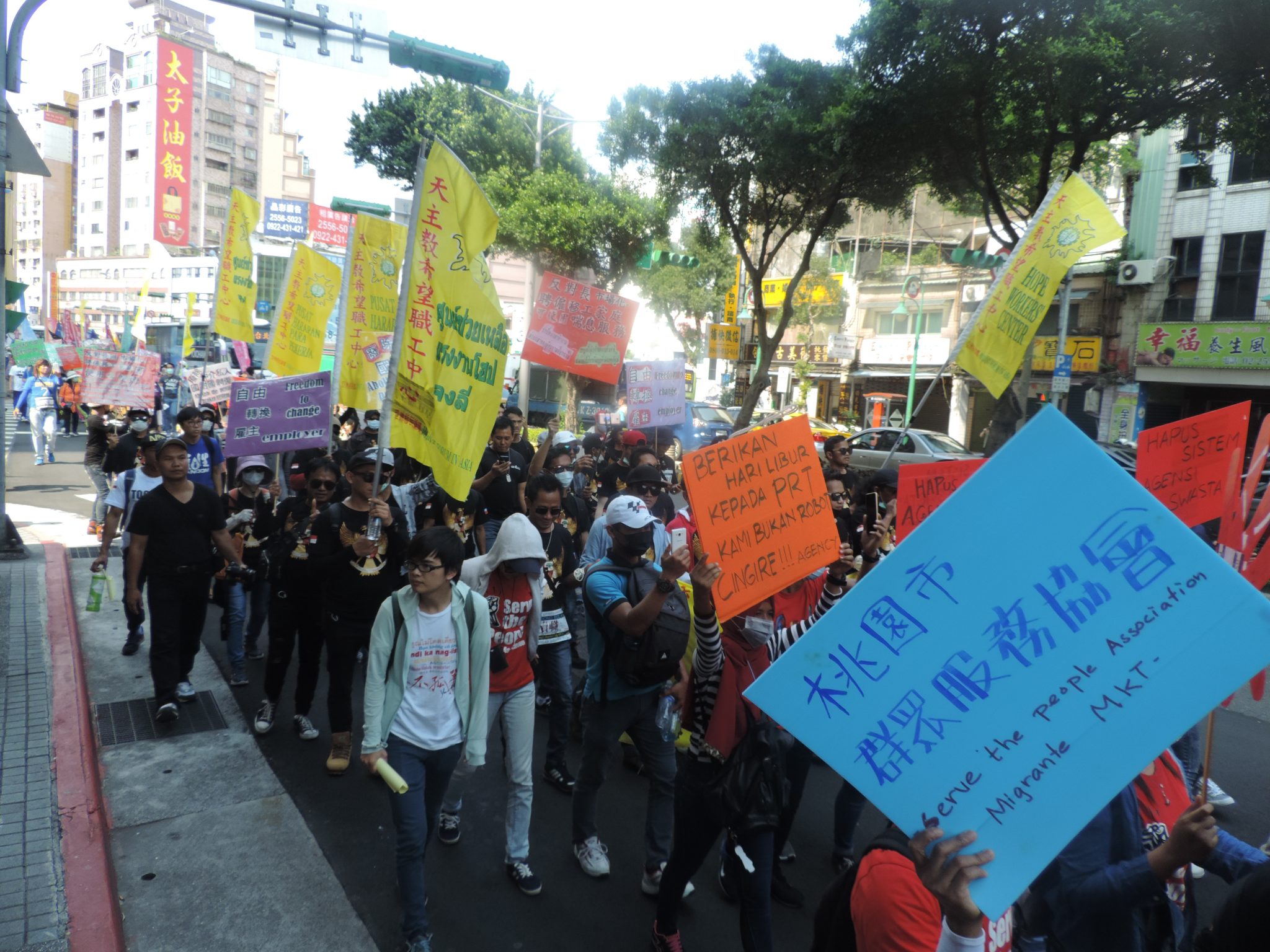On 11 June 2019, a group of 7,875 Vietnamese plaintiffs launched a lawsuit at the Taipei District Court against the firm Formosa Plastic and eighteen other companies, including China Steel, Japanese steelmaker JFE, related offshore addresses, and their subsidiary company in Vietnam, Formosa Ha Tinh Steel, as well as five chief executives.
The plaintiffs seek justice for the marine pollution that occurred in Central Vietnam in April 2016, which the executives of Formosa Ha Tinh Steel admitted their plant was the cause. The victims of that pollution sue the company in Taiwan because they don’t trust the independence of Vietnamese courts and they are afraid of state repression. When they tried to sue in Vietnam, their file was rejected or they were blocked on the way to the court, beaten up, arrested and put in prison with heavy sentences.
The plaintiffs’ lawyers are Taiwanese but they request that the judges apply Vietnamese civil and environmental laws, a possibility offered by the jurisdiction in Taiwan. Needless to say this is a premiere in Taiwan and a brand new legal setting, which could inspire other environmental class actions around the world. This file was prepared in cooperation with a large network of overseas Vietnamese and other supporters in Canada, the US, France, etc.
On 30 June 2016, Formosa Steel had presented public apologies and promised to pay 500 million USD in compensation. One year later, the Vietnamese government announced that all the victims had been compensated. However, obviously, many had been left aside.
In January 2018, I visited the four provinces that were supposed to receive compensation. In the village on the fence line of Formosa’s steel plant as well as in two ports of Quang Binh province, among the fifteen fishermen and related business people whom I met, only one received some compensation.
The owner of a seafood restaurant which completely stopped when I met him said that he could only obtain US$ 3,000 in compensation, which is not even worth the annual salary of two employees out of six before the marine disaster. He insisted that I took copies of all the documents he submitted to the authorities, such as the proof of his ownership of the restaurant, all kind of documents that have now become proofs for the lawsuit in Taiwan.
When those most affected by the disaster applied to the local authorities, they were brutally repressed by the police. For instance, I met with a fisherman aged 54, who got so badly hurt during this protest that he was left unable to walk. This is not, of course, Formosa’s direct responsibility and Formosa Plastic will probably repeat to the judges that the company already paid 500 million USD to the Vietnamese government and what happens next is not their responsibility.
But the company cannot escape so easily its gross negligence. It is not sure if any money has been transferred to the Vietnamese government, and even so, the amount is not necessarily enough to cover all the economic loss caused by pollution. In any case, what is for sure is that only very little money has been delivered to the victims themselves, and without Formosa, they would not be in such embarrass. Many of them had to leave their boat and look for a job abroad. Ironically, many seek jobs in Taiwan.
In a letter that the Formosa Ha Tinh Steel addressed on 20 June 2016 to Vietnam’s Prime Minister, the company admitted that the team of international experts and scientists had found that the main cause of the accident was due to a failure in the plant’s wastewater treatment system due to a power outage in the beginning of April 2016.
According to a synthesis report addressed by the Minister of Natural Resources and Environment to the National Assembly on 26 July 2016, the results of the study found out Formosa’s effluent included important levels of toxic chemicals such as phenol, cyanide, heavy metals.
The report further documents that the total loss due to the marine disaster in four provinces, from Ha Tinh to Hue, counted around 340 tons of sea and caged fish, seashells, crabs and shrimps that died suddenly. This was the most visible part of the pollution. In addition, 450 hectares of coral reefs were badly hurt with some areas destroyed at sixty percent. The plankton density, especially for the bottom species, declined between twenty and fifty percent.
The coastal population suffered a serious economic loss, starting with 17,682 fishing boats, representing near 40,966 workers and 176,285 people including their families. A large range of related business such as fish and seafood processing retails of fishing gear, were also badly hurt, and the tourist industry lost its clientele.
In the lawsuit now filed in Taiwan, the plaintiffs are organized in several groups depending on the level of proofs collected so far. Further evidence might be added later but due to the statute of limitations, the case must be filed within three years since Formosa admitted its negligence. The first group of fifty most documented plaintiffs includes owners or working staff or fishing boats, or related business like the owner of the seafood restaurant owner. They hope this lawsuit in Taiwan will deliver them some justice.
In compensation, this first group claims a total amount of approximately 95 billion Vietnamese Dong (about 140 million NTD or four million USD), which must be mere peanuts for Formosa. But if the 7,824 other plaintiffs can gradually bring more evidence, the total bill could reach more than six hundred million USD. This would send to companies like Formosa a serious signal to take environmental issues and corporate responsibility more seriously.
Paul Jobin is Associate Research Fellow at the Institute of Sociology, Academia Sinica







